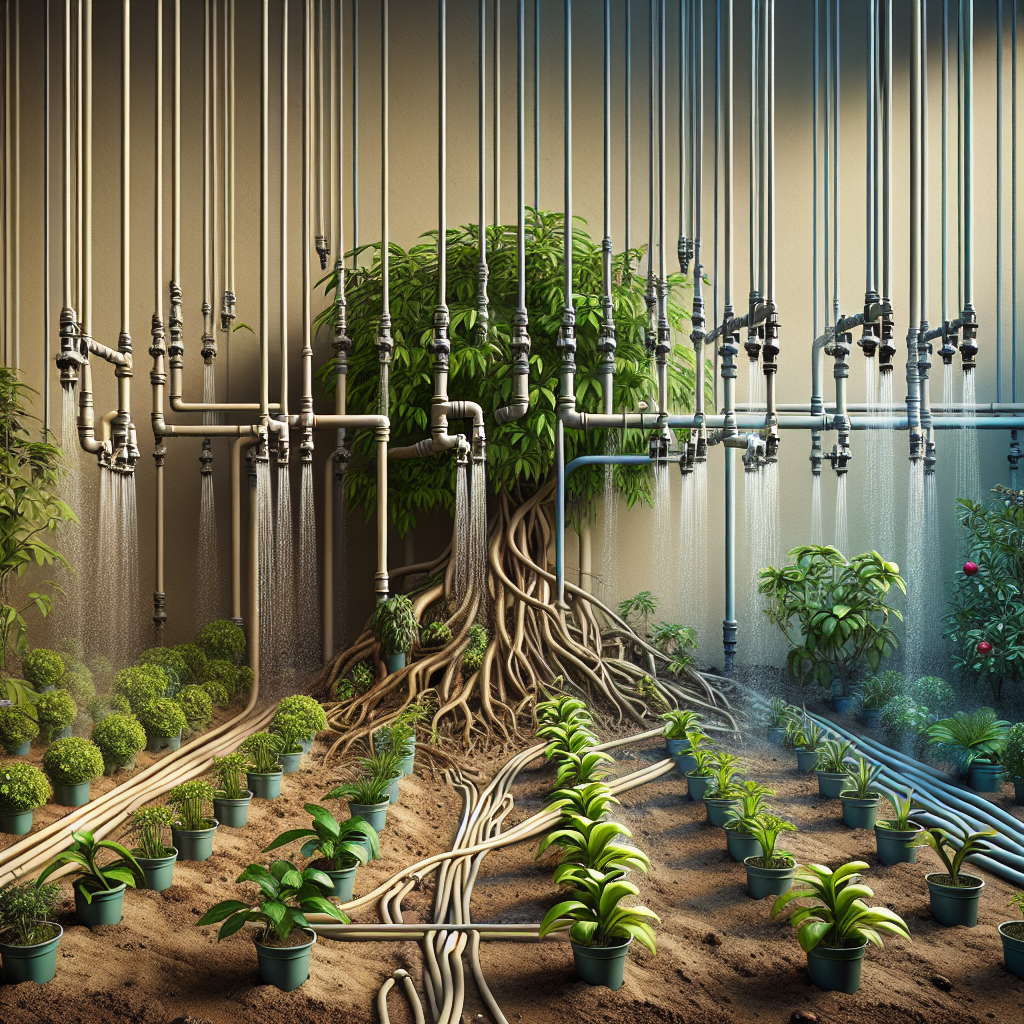Introduction
Water scarcity is becoming a growing concern worldwide, with agriculture being one of the main industries responsible for excessive water usage. In order to address this issue, farmers are turning to more efficient methods of irrigation, such as slow drip irrigation. This method not only conserves water but also has numerous other benefits for plant health and growth.
What is Slow Drip Irrigation?
Slow drip irrigation is a method of watering plants or crops by slowly dripping water directly onto the soil at a very slow rate. This allows the water to seep deep into the roots of the plants, ensuring that they receive an adequate amount of moisture without wasting excess water. Unlike traditional sprinkler systems that can result in water evaporation and runoff, slow drip irrigation delivers water right where it is needed most.
How Slow Drip Irrigation Saves Water
One of the primary benefits of slow drip irrigation is its ability to conserve water. By delivering water directly to the roots of plants at a slow rate, this method maximizes water absorption and minimizes wastage through evaporation or runoff. Studies have shown that slow drip irrigation can reduce water usage by up to 50% compared to traditional methods, making it a more sustainable option for farmers looking to conserve precious resources.
In addition, slow drip irrigation can also help prevent over-watering, which can lead to nutrient leaching and root rot in plants. By providing a consistent and even supply of moisture directly to the roots, this method ensures that plants receive just the right amount of water they need for optimal growth and health.
Boosting Plant Health with Slow Drip Irrigation
Not only does slow drip irrigation save water, but it also has numerous benefits for plant health and growth. By delivering water directly to the roots, this method encourages deeper root growth and stronger root systems in plants. This helps plants become more drought-resistant and better able to withstand harsh environmental conditions.
Furthermore, slow drip irrigation helps reduce weed growth by targeting only the areas where plants are growing. Without excess moisture on the surface of the soil, weeds are less likely to thrive, allowing crops to grow more efficiently without competition from unwanted vegetation.
Another advantage of slow drip irrigation is its ability to reduce disease spread in plants. Traditional overhead watering methods can promote fungal diseases by splashing contaminated soil onto leaves and stems. Slow drip irrigation eliminates this risk by keeping foliage dry while still providing adequate moisture to roots.
Implementing Slow Drip Irrigation Systems
Implementing a slow drip irrigation system on your farm or garden is relatively simple and cost-effective. There are various types of equipment available on the market, including hoses with built-in emitters or tubing systems with adjustable drippers that can be customized based on plant needs.
Before installing a system, it is essential to consider factors such as soil type, plant spacing, and watering frequency to ensure optimal performance. Proper maintenance of the system is also crucial in preventing clogs or leaks that could affect its effectiveness.
Conclusion
In conclusion, slow drip irrigation offers numerous benefits for both farmers and gardeners looking for efficient ways to conserve water while promoting plant health and growth. By delivering water directly to plant roots at a controlled rate, this method reduces waste through evaporation or runoff while encouraging deeper root development and stronger root systems in plants.
With its ability to save up to 50% more water than traditional methods and prevent issues such as over-watering and disease spread in plants, slow drip irrigation is a sustainable solution for addressing global water scarcity challenges while ensuring healthy crop yields.
As we continue facing climate change-induced droughts and increasing pressure on limited freshwater resources worldwide, adopting innovative techniques like slow drip irrigation will be crucial in safeguarding our environment for future generations.













